Text by Caterina Sbrana.
The Australian Society of Archivists (ASA), Archives and Records Association of New Zealand Te Huinga Mahara (ARANZ), the International Council on Archives (ICA) and the Pacific Regional Branch International Council on Archives (PARBICA) organize an international conference called Designing the Archive that will be held from 21 to 25 October 2019 in Adelaide, South Australia.
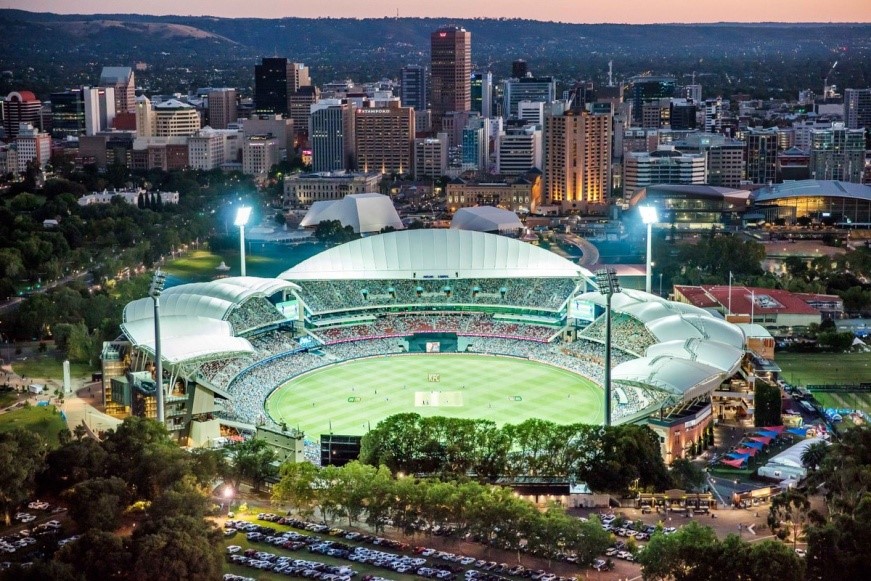
ph. Hiro Ishino
“The conference program aims to explore the use of empathy, creativity, innovation, experimentation, prototyping, and co-design in the development of recordkeeping systems, information governance frameworks, archival programs and services, archive buildings and spaces, or digital archives”.
The following themes will be discussed in the conferences and workshops: Innovation in next generation digital archives, Co-design of recordkeeping systems, Designing community and Indigenous archives, Designing recordkeeping systems for creative, technical and scientific activities, Designing governance and programs to meet citizen and customer needs, Design of archival spaces and buildings for preservation, exploration and discovery and Creativity in the archives.
Organizers claim that “The program provides an opportunity to explore how we manage records and archives of the design process itself across a range of industries from architecture to fashion, engineering to environmental management”.
The conference is adressed to Archivists and professionals from the archives, schools, religious bodies, NGOs, companies, government institutions, digital archivists, people keeping and working with community and indigenous archives and collections, managers involved in design of recordkeeping systems, and long term retention of digital and analogue data, professionals who work with design archives (e.g. architecture museums, fashion archives, etc).

The conference logo was created through a design process involving Pitjantjatjara artist Audrey Brumby and graphic designer Matthew Aldous in collaboration with Indigenu Gallery Director Tony Straccia. It represents people connecting and linking, going around communities talking, sharing, spreading stories and messages.
The conference takes place in the middle of Adelaide Plains, in Tarntanya land – the red kangaroo place in the Kaurna language, in Adelaide Oval. It is situated on the northern side of the Riverbank Precinct between the city centre and North Adelaide. “The oval dates back to 1871 and has been extensively redeveloped in recent years”.
The importance of the archives is fully described on ICA website where we can read: “Archives are witnesses to the past. They provide evidence, explanation and justification both for past actions and current decisions. Archives enable society to undertake a wide range of roles that enable civilised communities to take root and flourish, from enabling education and research, providing entertainment and leisure, to protecting human rights and confirming identity. Archives are unique, contemporaneous records and so once lost cannot be replaced. It is only through proper identification, care and wide access that the vital role that archives has can be fully realised to the benefit of humanity”.
Key dates
- 19 – 20 October 2019 – ICA Governance Meetings
- 21 October 2019 – ICA workshops, ASA SIGs and AGM
- 22 – 24 October 2019 – Conference (3 days) and ICA General Assembly (22 October)
- 25 October 2019 – ICA Summit on Indigenous Matters, workshops and cultural visits
Programme and more information:



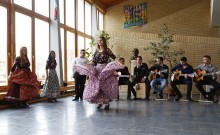
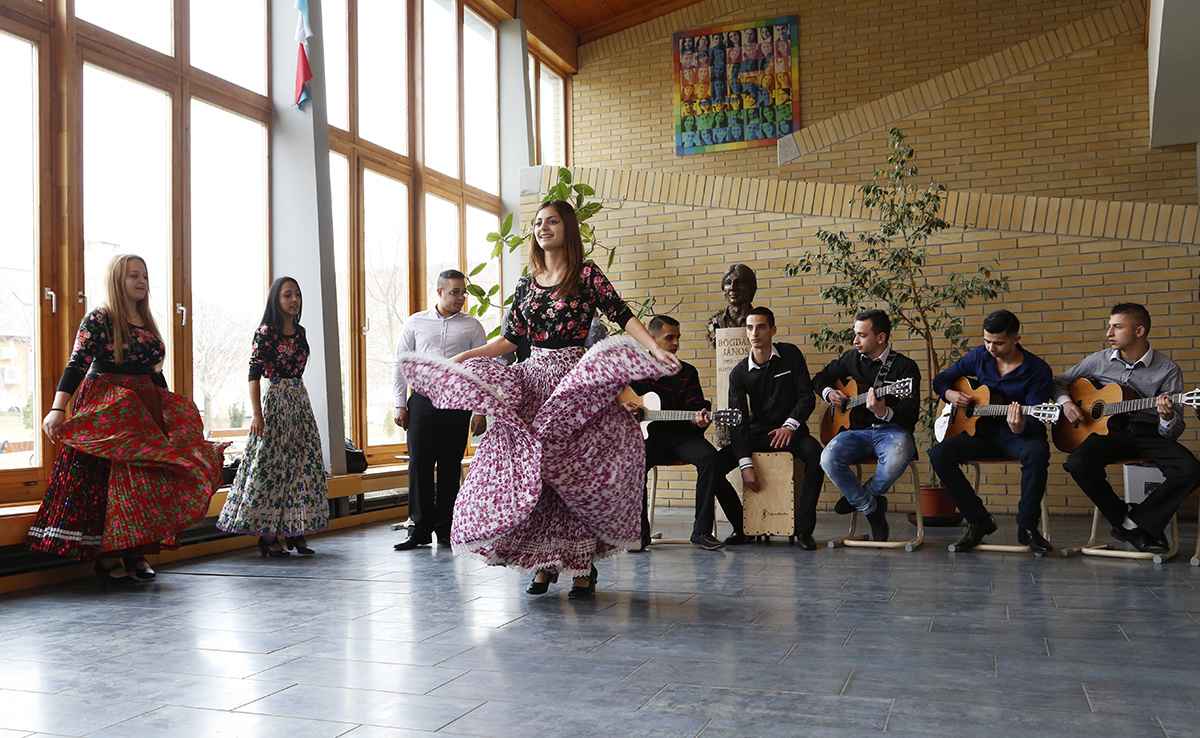 The upcoming local encounter of the
The upcoming local encounter of the 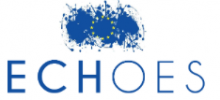
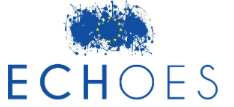
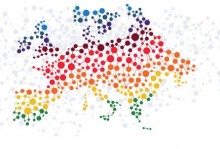
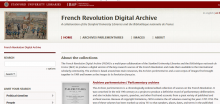
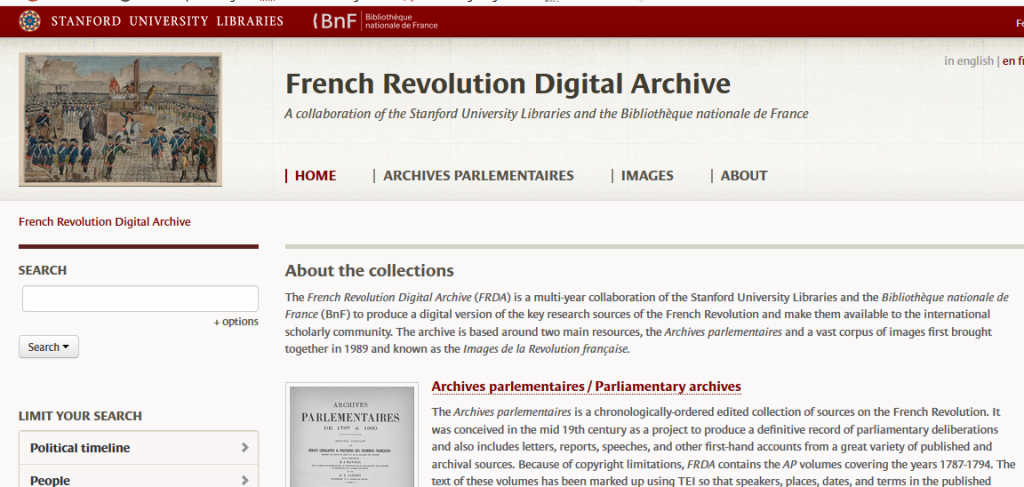
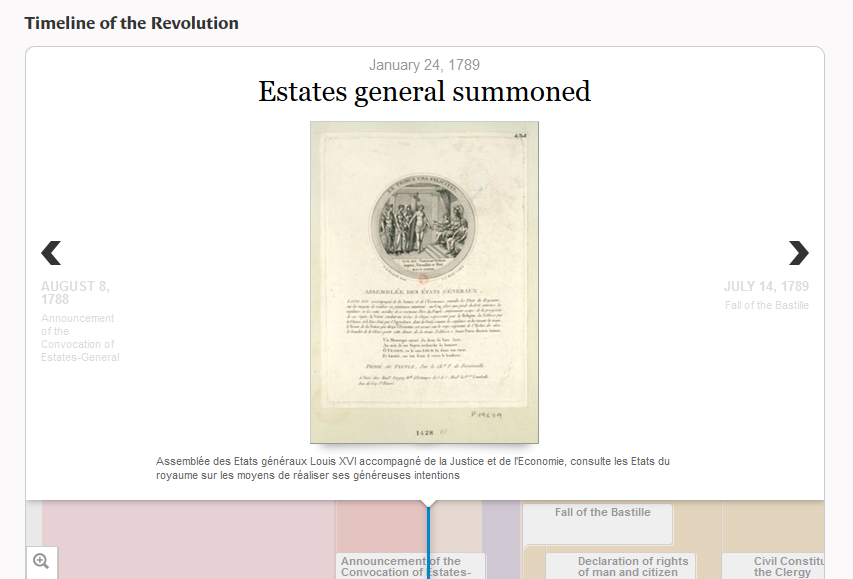
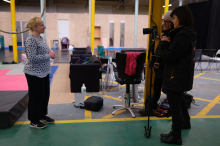
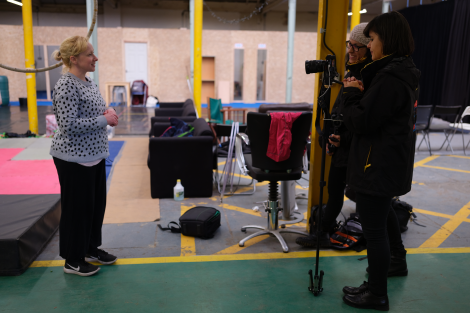
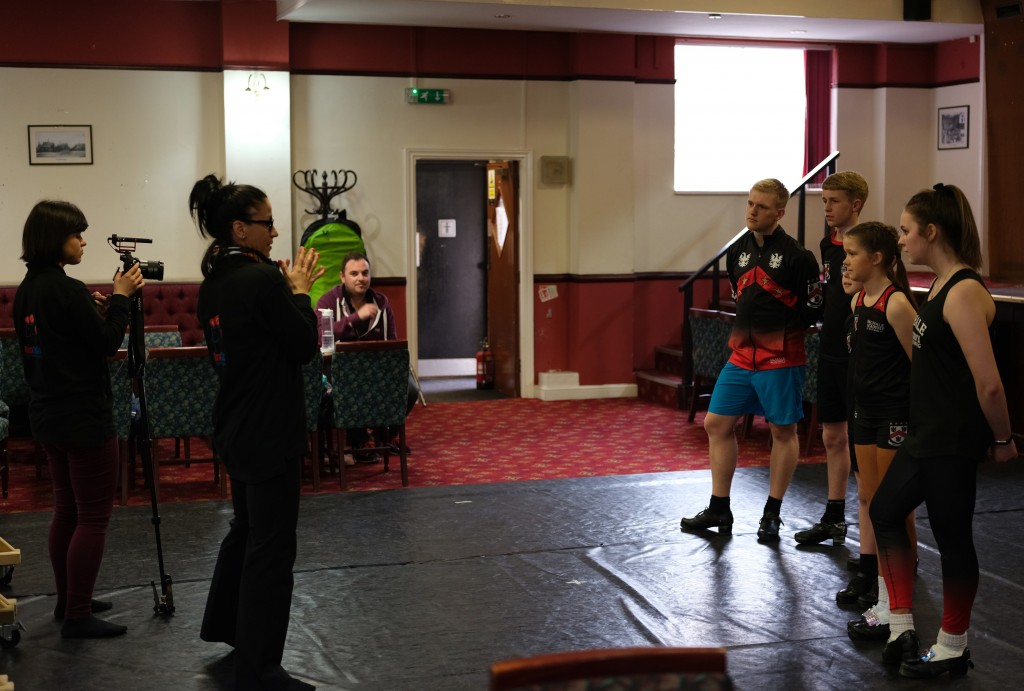
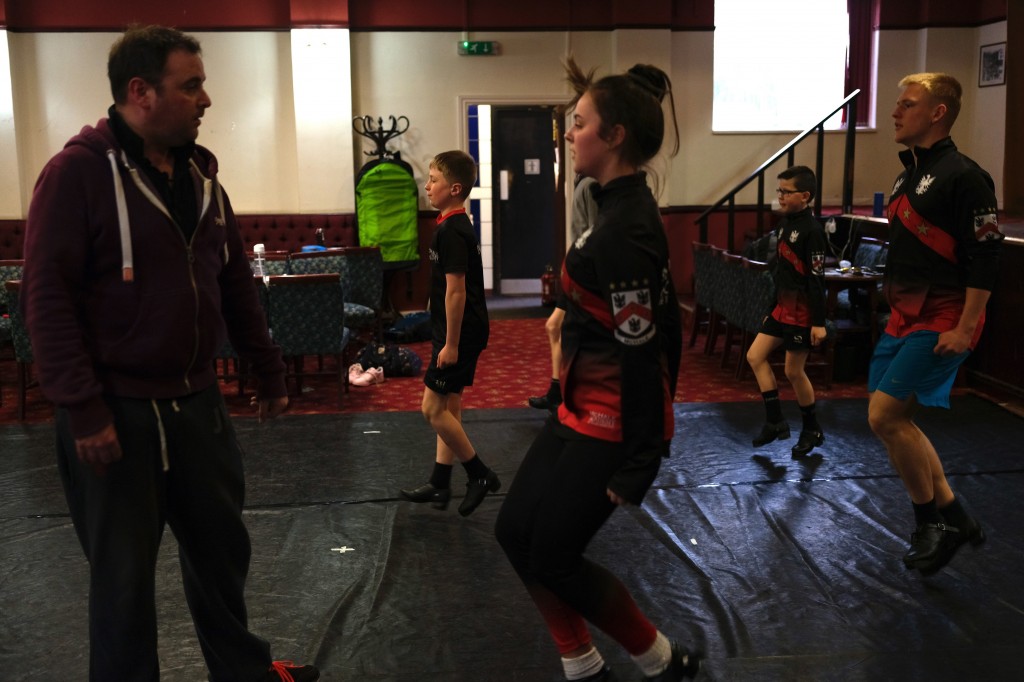
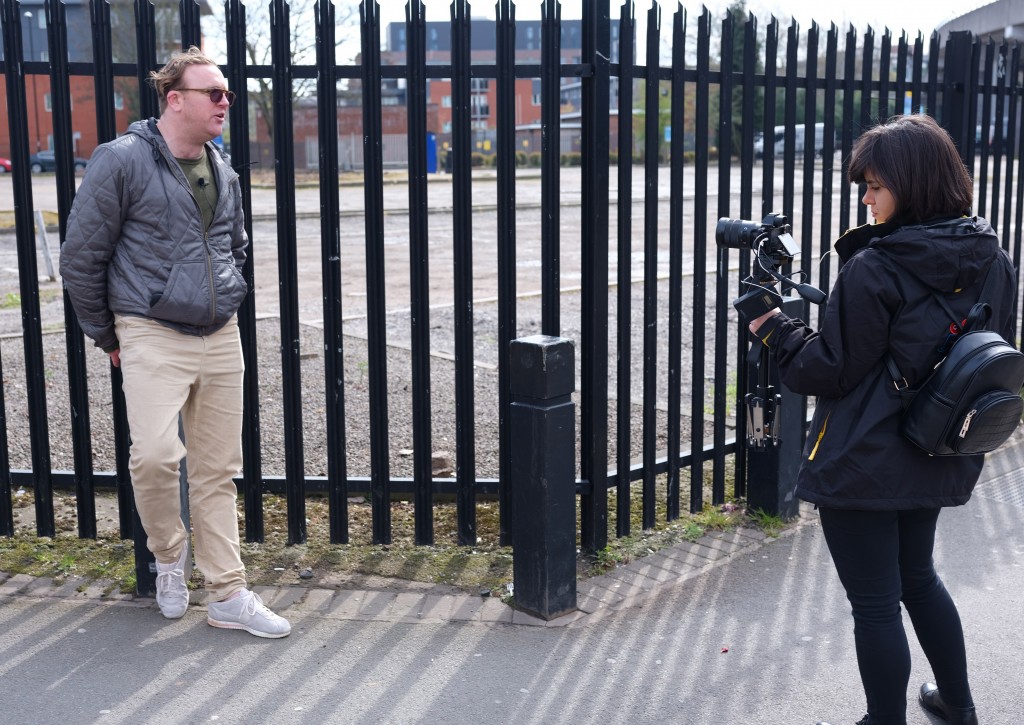
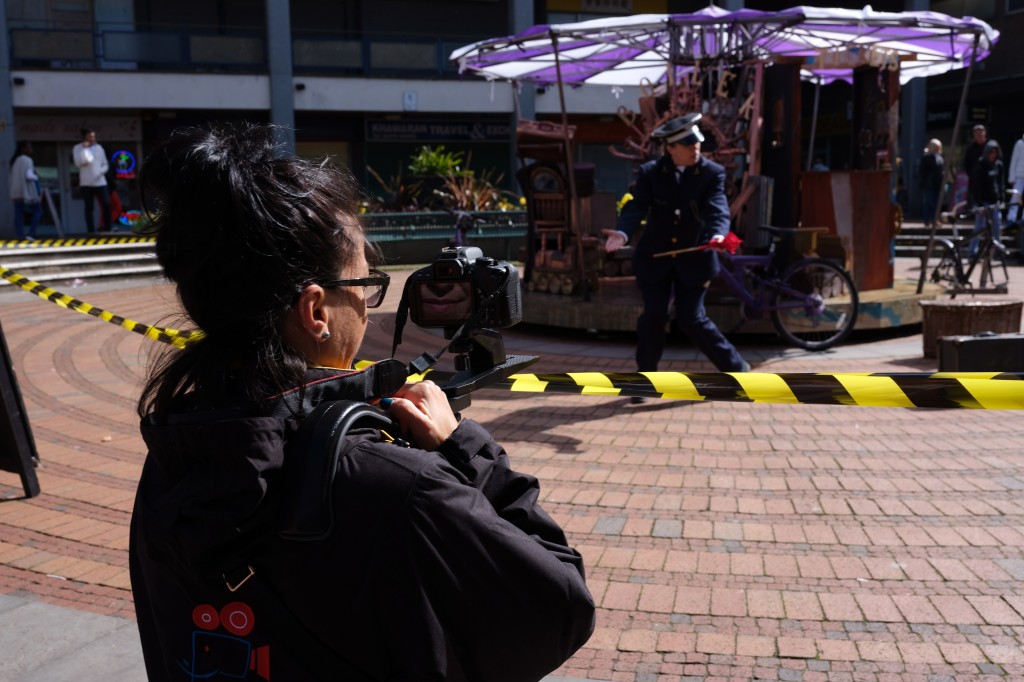
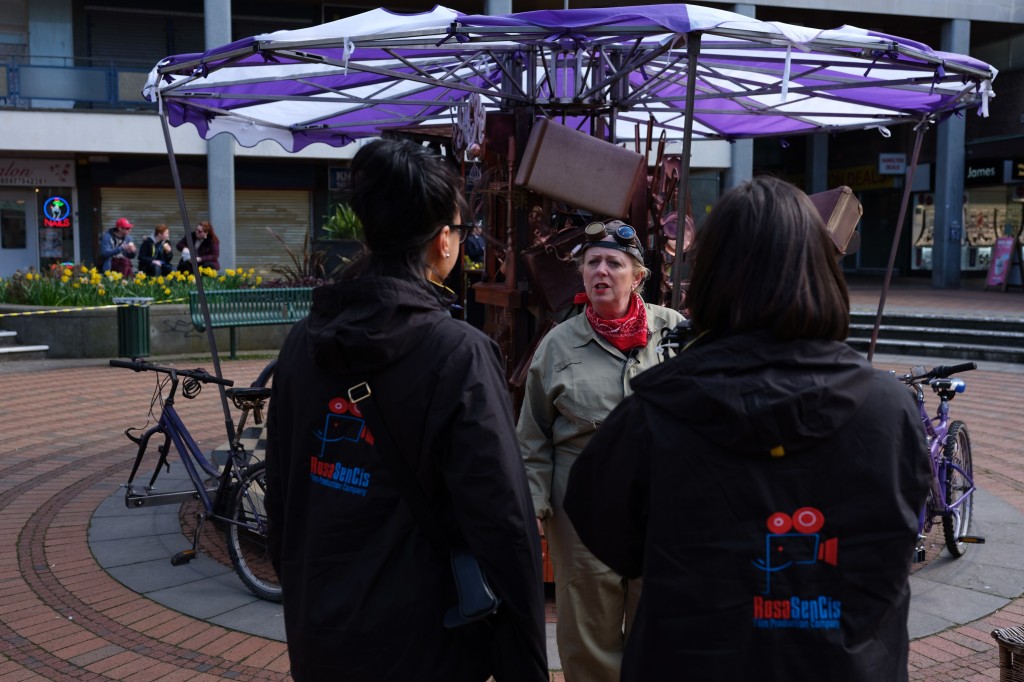
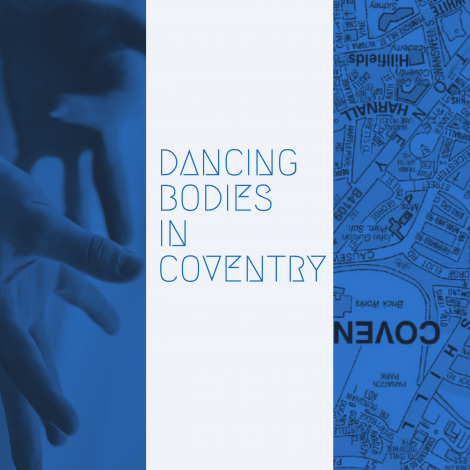
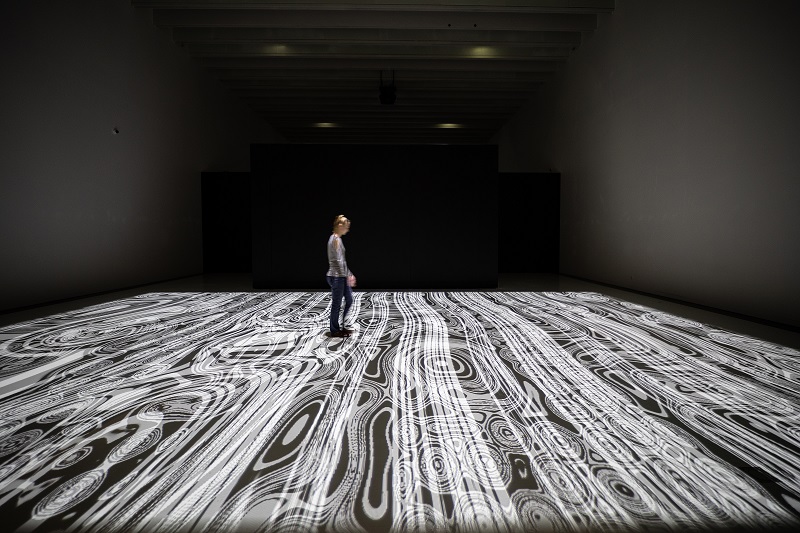
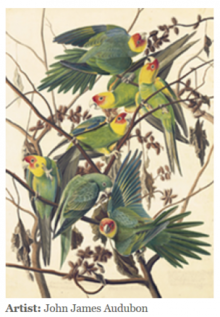

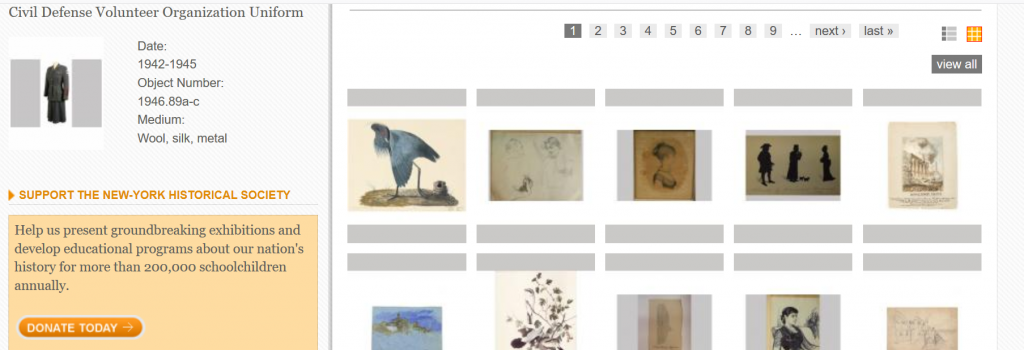
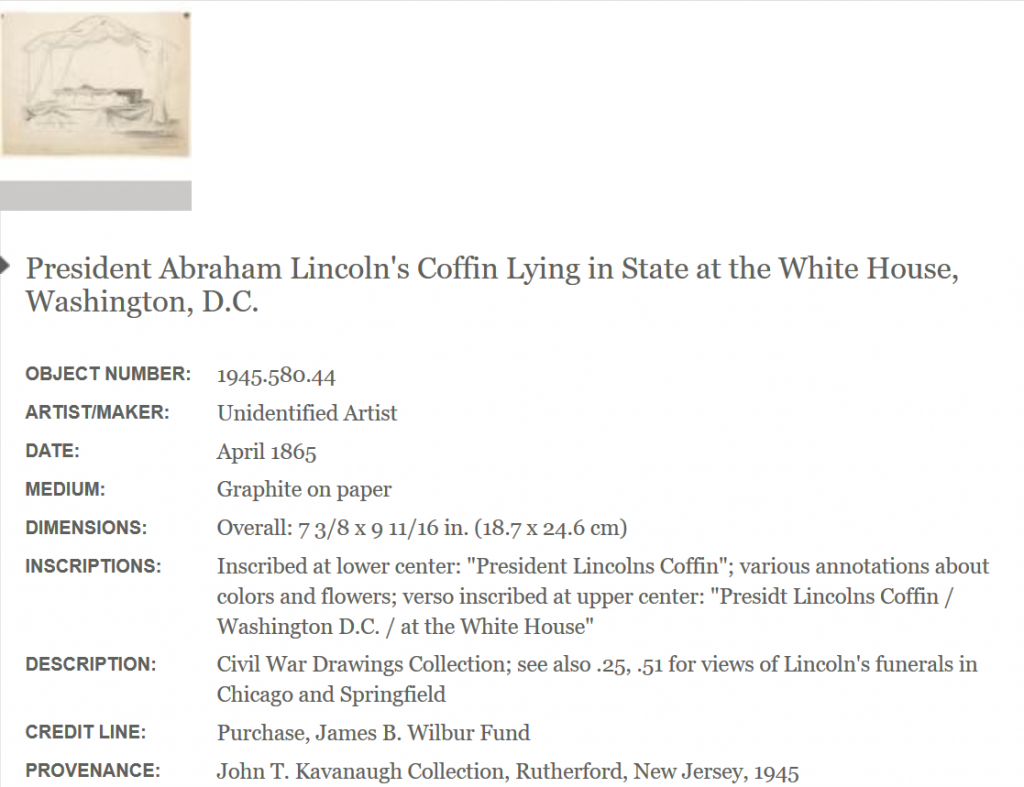
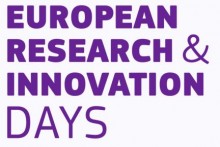
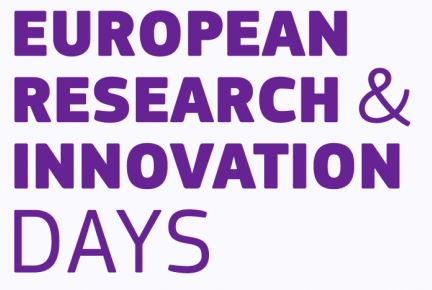 Next September 2019 world leaders from industry, finance, academia and business will meet in Brussels in occasion of the European research & Innovation Days, the annual policy event which aims is to mobilise EU citizens, increase awareness and understanding of how important research and innovation are in addressing the challenges that face society. The debate will cover vital areas of science, engineering, medicine, and wider social and environmental concerns.
Next September 2019 world leaders from industry, finance, academia and business will meet in Brussels in occasion of the European research & Innovation Days, the annual policy event which aims is to mobilise EU citizens, increase awareness and understanding of how important research and innovation are in addressing the challenges that face society. The debate will cover vital areas of science, engineering, medicine, and wider social and environmental concerns.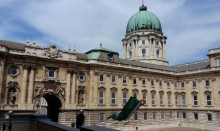
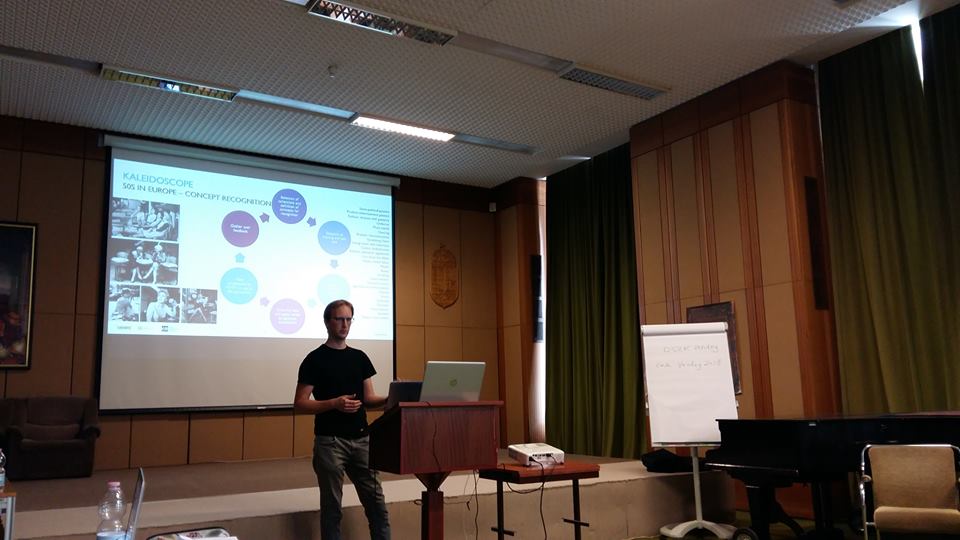
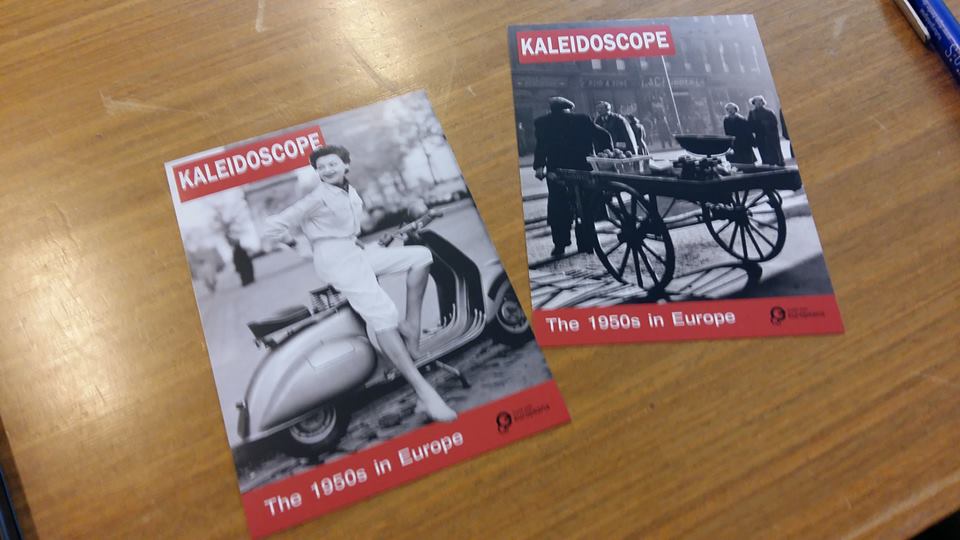

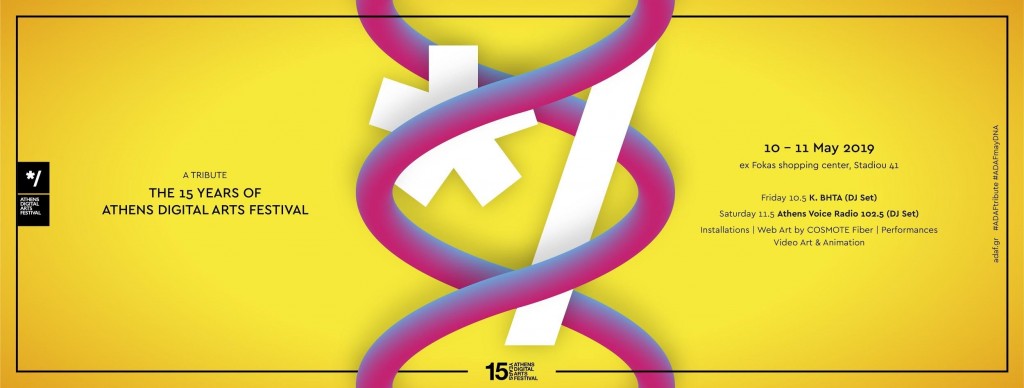
 If you have interesting news and events to point out in the field of digital cultural heritage, we are waiting for your contribution.
If you have interesting news and events to point out in the field of digital cultural heritage, we are waiting for your contribution.







































